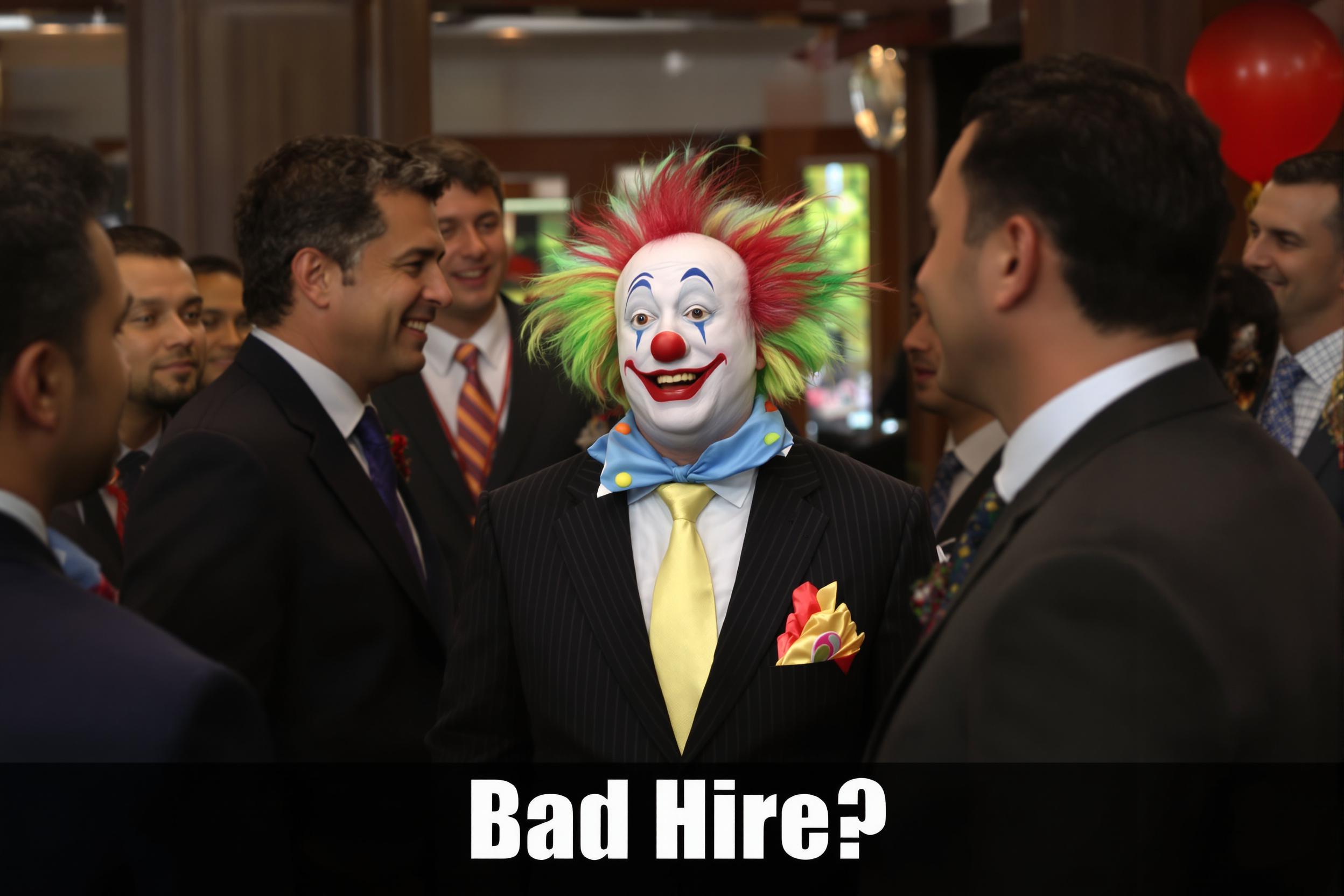
Structural Repair
Structural Repair in art restoration refers to fixing and stabilizing the physical structure of artwork, antiques, or historical objects. This could involve repairing cracks in paintings, reinforcing weakened frames, or stabilizing deteriorating materials. It's like giving first aid to precious objects before any cosmetic work can begin. This is different from surface restoration or cleaning - structural repair focuses on making sure the artwork is stable and won't fall apart. It's usually the first step in any serious restoration project, similar to how a building needs a solid foundation before any decorative work can be done.
Examples in Resumes
Performed Structural Repair on 17th-century oil paintings damaged by water exposure
Led Structural Repairs team for major museum collection conservation project
Specialized in Structural Repair techniques for wooden artwork and frame restoration
Typical job title: "Art Structure Conservators"
Also try searching for:
Where to Find Art Structure Conservators
Professional Organizations
Job Boards
Professional Networks
Example Interview Questions
Senior Level Questions
Q: How do you approach a complex structural repair project with multiple damage types?
Expected Answer: Should explain their process of assessment, documentation, planning, and execution, with emphasis on managing teams and making critical decisions about preservation approaches.
Q: Tell me about a challenging structural repair project you managed and how you overcame obstacles.
Expected Answer: Should demonstrate leadership, problem-solving abilities, and deep understanding of various repair techniques, including examples of adapting methods to unique situations.
Mid Level Questions
Q: What factors do you consider when choosing materials for structural repair?
Expected Answer: Should discuss compatibility with original materials, reversibility of treatments, environmental conditions, and long-term stability considerations.
Q: How do you document your structural repair process?
Expected Answer: Should explain their methods of recording conditions, treatments, and materials used, including photography and written documentation practices.
Junior Level Questions
Q: What are the basic tools used in structural repair work?
Expected Answer: Should be able to list and explain common conservation tools and their proper use in basic structural repairs.
Q: How do you identify different types of structural damage?
Expected Answer: Should demonstrate basic knowledge of common damage patterns and ability to assess simple structural issues in artworks.
Experience Level Indicators
Junior (0-2 years)
- Basic damage assessment
- Simple repair techniques
- Documentation methods
- Safe handling of artworks
Mid (2-5 years)
- Complex repair techniques
- Material analysis
- Treatment planning
- Condition reporting
Senior (5+ years)
- Project management
- Advanced conservation methods
- Team supervision
- Conservation planning
Red Flags to Watch For
- No formal conservation training or education
- Lack of documentation practices
- No knowledge of proper handling procedures
- Unfamiliarity with conservation ethics
- No experience with condition reporting
Related Terms
Need more hiring wisdom? Check these out...

From Farewells to Future Allies: Transforming Exit Interviews into Lifelong Connections

Digital Apprenticeships: Crafting the Future Workforce Pipeline

Navigating Compliance: Structuring On-the-Job Training in Regulated Industries

